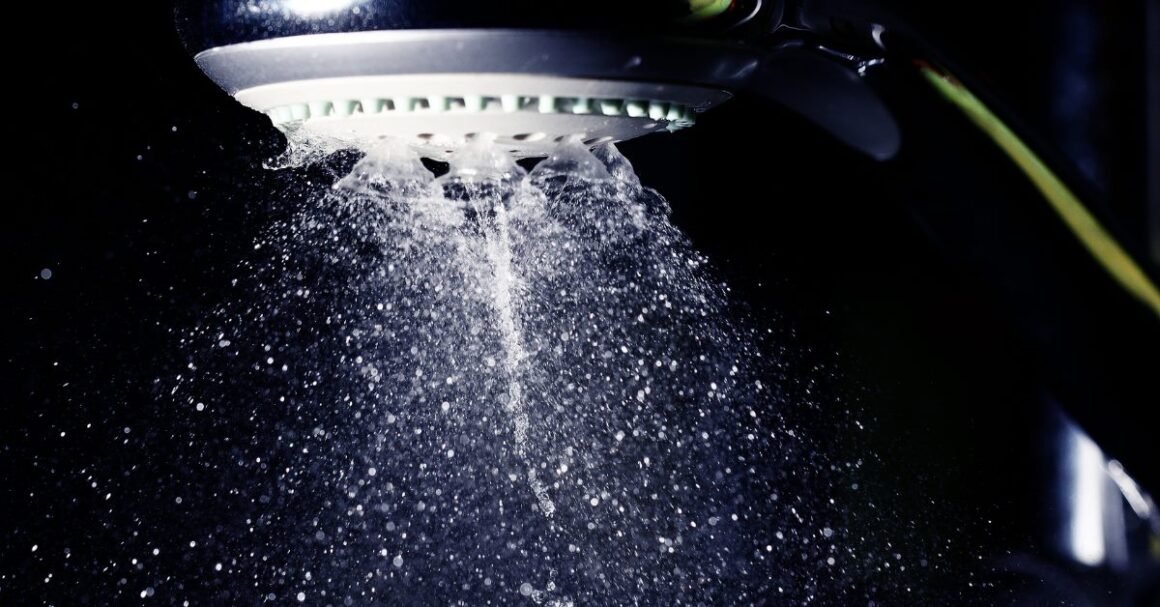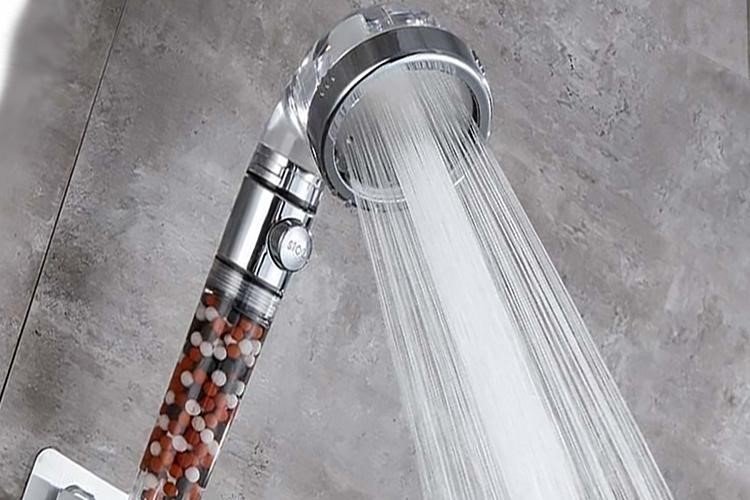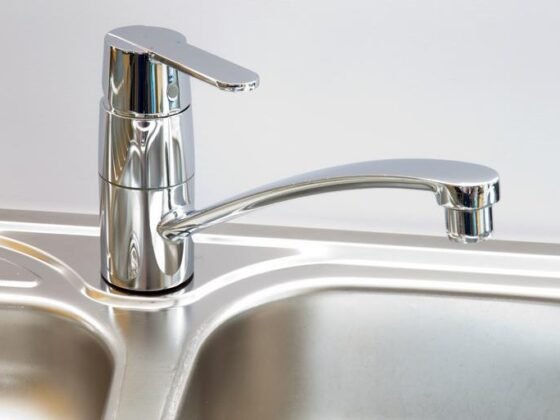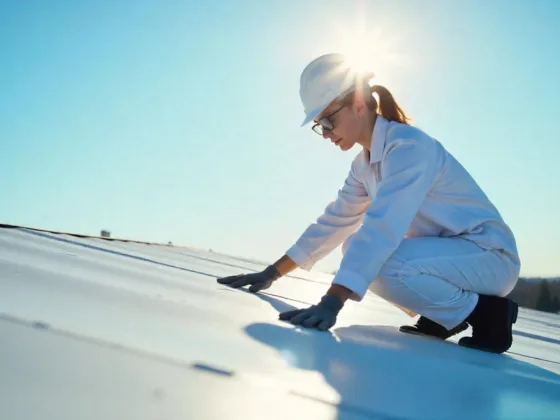Table of Contents Show
Are you tired of stiff towels after laundry or noticing the white spots in your clothes? Does your skin feel itchy, or are you encountering hair loss and dullness? If yes, then these are the signs of a hard water presence in your home.
Hard water is high-mineral content water that is formed when water passes through deposits of limestone and chalk. It contains a considerable percentage of calcium and magnesium carbonates.
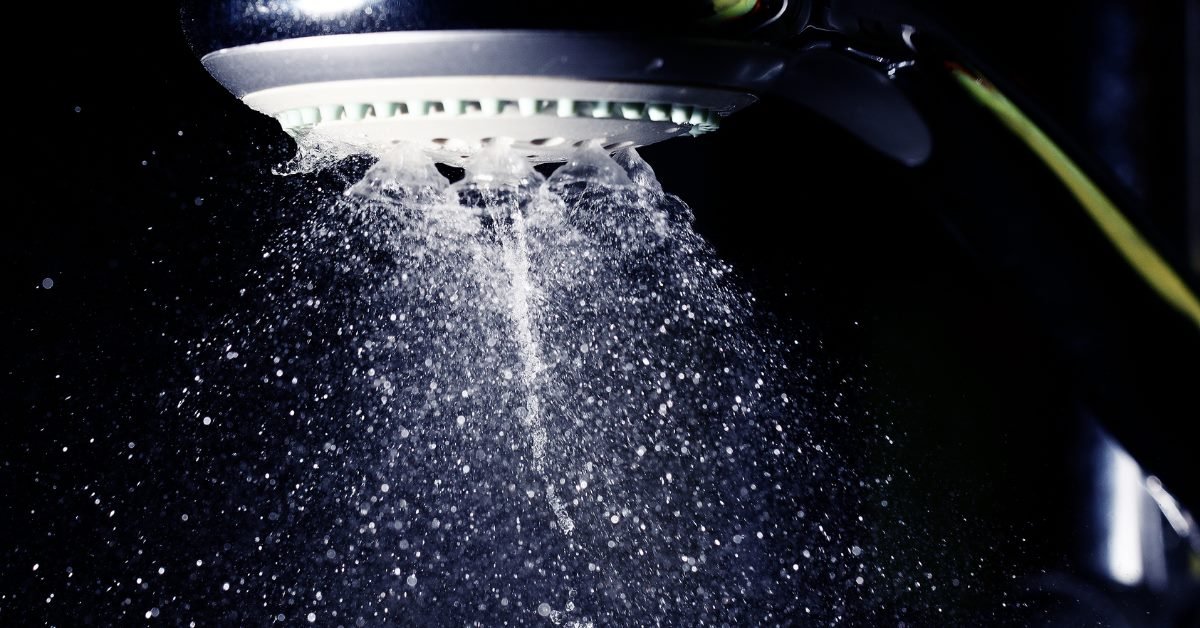
Hard water in Austin Texas is the silent killer of all hot water appliances in your home. The higher temperature in these appliances solidifies the minerals, thus reducing the water pressure.
Finding the presence of hard water is not a big deal as it shows many signs, such as limescale deposits on taps and porcelains in the bathroom and kitchen, low-pressure showerheads, clogged pipes, dysfunction of home appliances, and hair and skin problems.
The hardness of water varies on the percentage of calcium and magnesium in the water, such as slightly hard water or extremely hard water.
Before applying ways to convert hard water into soft water, it is necessary to know the hardness level.
You can measure water hardness at home by different methods, such as by using hard water kits or the DIY soap stud method.
Method to Measure Hard Water at Home
For checking the level of hardness in your tap water at home, you will need a plastic bottle or clean glass with a fitted cap. Add 1/3 regular tap water (should be about 9 – 10 ounces) in the bottle.
Now, pour nine drops of hand wash or dishwashing liquid (Use pure liquid soap, not detergent), shake it for 20 seconds, then place the bottle down and observe the results.
If the soapy liquid creates a shallow layer of suds, makes the water cloudy, and does not foam up nicely.
In that case, you probably have hard water, and if the solution creates many suds and the water is relatively clear, luckily, you have soft water.
Check out the scale to rank the quality of water you are getting;
* GPG – grains per gallon
- Soft water (0-1 GPG)
- Moderately hard water (1-7 GPG)
- Hard water (7-10 GPG)
- Extreme hard water (over 10 GPG)
If you are getting hard water at home, it is necessary to take preventive measures before it is too late. Below are the four effective methods to convert hard water into soft water.
4 Effective Methods to Convert Hard Water into Soft Water
Softening the water means removing the minerals (calcium and magnesium) that are causing hardness. In our homes, we are not only getting mineral water but unfortunately encountering other chemicals and contaminants.
Water Filters are manufactured to provide the safest and cleanest level of water. It does not only remove minerals but dangerous chemicals like chlorine and bacteria also.
There are many methods to convert hard water into soft water and the method you choose depends on whether you want all house water treatment or just converting hard water for a shower or drinking purpose.
1. Electronic or Magnetic Water Softener
It is one of the latest water softening systems. In this, you would need to plug the device into an outlet and clip it onto an indoor pipe where the water enters your home.
It will set up a magnetic field that alters the electromagnetic properties of the mineral. The carbonates repel each other, thus reducing the formation of limescale in pipes.
These devices are suitable to prevent calcium buildup in lines, but they didn’t work to remove hardness ions from water, thus not effective for drinking or shower water.
Read Also:
2. Water Softener System
Another solution for converting hard water into soft water is to install a whole-house filtration system that removes hard ions efficiently.
A water softener is a most preferable and highly practiced method that eliminates calcium and magnesium from the water through an ion-exchange process.
In this process, when the hard water enters the tank, it passes through a layer of spherical resin beads. These beads are usually made of polystyrene and charged with a sodium ion.
When the bead seizes the mineral ion, the sodium ion is released. The resin stripes column takes all the hardness out and enables the soft water to flow into your home.
The water softener contains the mineral tank or chamber, control valve, and brine tank.
Installing a water softening system is quite expensive, but it is a one-time investment that is worth spending.
3. Showerhead with Mineral Beads
The Filter Showerhead is a piece of bathroom equipment for removing chemicals and minerals from water and making it safe for hair and skin.
The filter units improve the quality of water and reduce the chances of skin irritation and hair problems.
If you live in a hard water area and face its daunting effects in the shower, an ecowater spa shower head is the ultimate solution.
It is a practical, affordable, and easy-to-install option. A showerhead that filters out all harmful minerals, chemicals such as chlorine, bacteria, and odors from water. They are also known as ionic stones.
What is the science behind Using Showerhead With Mineral Beads?
For better understanding, let just use our previous knowledge of chemistry. As we know, an ion is an electrically charged atom, and when a nonmetal atom gains an electron, it becomes a negatively charged ion.
In filter showerheads, the negatively charged ions are added to the water using Maifan, Tourmaline, and Antibacterial stone to ensure human health’s safety and well-being.
Along with filtering minerals and chemicals, a filtered showerhead improves the water quality. And, the best part, you can change the filter stones after every 6-8 months for better performance.
It also depends on your water usage. Filter showers provide you with refreshing and rejuvenating showers also prevent limescale buildup on your showerhead.
4. Reverse Osmosis System
A reverse osmosis system allows water to pass through multiple filters and remove all solid contaminants such as organic minerals and chemicals. It will also eliminate calcium and magnesium ions.
RO is an excellent choice if you want soft drinking water without any salt added. But this system will only provide water for one place in your home, such as installing it in the kitchen unless you install several devices in the home.
People usually install a reverse osmosis system under the sink and connect it directly to the faucet. The only drawback of this system is that it requires proper cleaning to ensure that your filter is not dirty.
